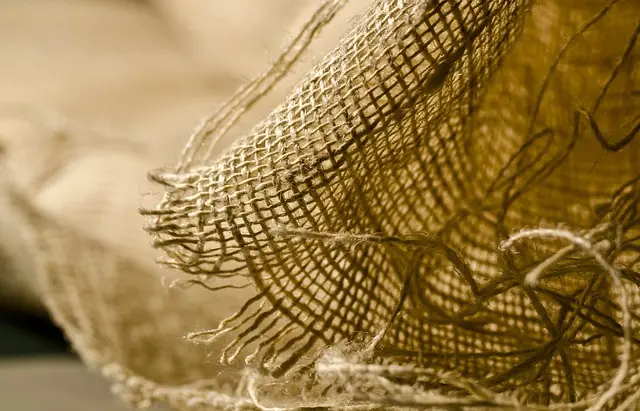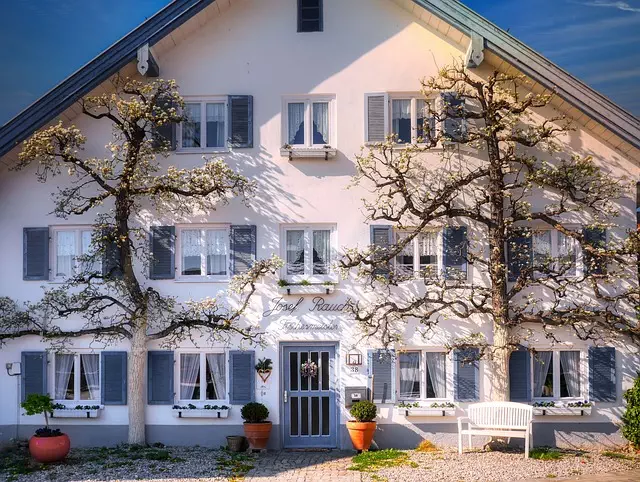The Mitragyna speciosa, commonly known as the kratom tree, is an evergreen species native to Southeast Asia, with significant populations found in Malaysia. This impressive tree can grow over 25 meters tall and has a lifespan potentially exceeding one hundred years. Its broad leaves, which are obovate to elliptic in shape and glossy green above with a network of prominent veins beneath, are the source of its pharmacologically active alkaloids that have garnered global attention. The kratom tree's bark features a mottled pattern and a rough, fibrous texture, and it favors well-drained, fertile soils within tropical climates. Insights into its morphology and optimal growing conditions are essential for sustainable cultivation and for understanding its medicinal properties, which are subjects of intense botanical study due to its therapeutic potential. The tree's psychoactive effects are attributed to alkaloids like mitragynine and 7-hydroxymitragynine, found in higher concentrations near the leaf edges, along with a complex matrix of other compounds such as flavonoids and glycosides. Traditional agricultural practices in Malaysia ensure high-quality kratom production by preserving the tree's unique characteristics and promoting sustainability. These practices include selecting mature buds by hand at peak maturity to maximize alkaloid content, which is critical for maintaining the potency and purity of kratom, solidifying Malaysia's reputation as a top producer of this plant. The distinct visual pattern of the kratom tree makes it easily recognizable within its natural habitat.
Discover the intriguing world of Malaysian Kratom, a botanical marvel whose buds have garnered global interest. This article delves into the unique characteristics of the Kratom tree, shedding light on its distinctive appearance as described by “what does a kratom tree look like” inquiries. Explore the complex composition and diverse effects of Kratom buds, and gain insights into the meticulous cultivation practices in Malaysia that influence their potency and quality. Join us as we traverse the botanical intricacies and cultural significance of this fascinating plant, setting the stage for a comprehensive understanding of its profound impact.
- Unveiling the Malaysian Kratom Tree: A Botanical Overview
- The Anatomy of Kratom Buds: A Closer Look at Their Composition and Effects
- Harvesting and Cultivation Practices in Malaysia: Shaping the Quality of Kratom Buds
Unveiling the Malaysian Kratom Tree: A Botanical Overview

The kratom tree, scientifically known as Mitragyna speciosa, is an evergreen tree indigenous to the Southeast Asian region, with significant populations found in Malaysia. This botanical marvel can grow to impressive heights, often reaching up to 25 meters or more, and has a lifespan that can exceed one hundred years. Its leaves are broad, obovate to elliptic in shape, and can vary in size; they are the primary source of the alkaloids that have garnered global interest due to their pharmacological effects. The tree’s bark is characterized by its mottled pattern, with white or yellow patches among greener areas, and its texture is rough and fibrous. The kratom tree thrives in well-drained, fertile soils, preferring a tropical climate. In Malaysia, the tree can be found in the wild as well as cultivated on plantations. Understanding the morphology and habitat of the kratom tree provides essential context for sustainable harvesting practices and further research into its potential medicinal properties. For those intrigued by the plant’s appearance, the kratom tree boasts large, leathery leaves that are a glossy green on the upper surface and bear a network of veins that give them an unique, distinct pattern. The tree’s adaptability to different soil types and its resilience to pests make it a remarkable specimen in the world of botany, particularly within the lush tropical forests of Malaysia where it is indigenous.
The Anatomy of Kratom Buds: A Closer Look at Their Composition and Effects

The kratom tree, a member of the Rubiaceae family, is native to Southeast Asia and is recognized by its distinctive features when mature. Its leaves are broad and leathery, with a complex structure that holds the key to the plant’s psychoactive properties. A closer examination reveals that each leaf is composed of a petiole, which attaches the leaf to the stem, a blade that captures sunlight, and veins rich in alkaloids like mitragynine and 7-hydroxymitragynine. These compounds are responsible for kratom’s diverse effects on the body and mind, ranging from stimulation to sedation depending on the dose and strain. The veins contain higher concentrations of these alkaloids, particularly near the edge where they branch out from the central midrib. The composition of kratom buds is intricate, with varying alkaloid percentages influencing the plant’s potency and the user’s experience. The effects of kratom are not solely confined to its psychoactive components; it also contains a spectrum of other organic molecules, including flavonoids and glycosides, which contribute to its therapeutic properties. Understanding the anatomy and composition of kratom buds is crucial for those who study or use this plant, as it directly affects the experiences and potential benefits one might derive from its leaves.
Harvesting and Cultivation Practices in Malaysia: Shaping the Quality of Kratom Buds

In the lush, undulating landscapes of Malaysia, the cultivation and harvesting of Kratom trees, whose botanical name is Mitragyna speciosa, are guided by traditional agricultural practices that have been honed over generations. These practices play a pivotal role in shaping the quality of the Kratom buds, which are the primary focus for consumers seeking the plant’s various effects. The trees themselves, with their large, broad leaves and distinctive veining, are easily identifiable to those familiar with the species. The matured leaves, known as buds or kratom leaves, contain a complex blend of alkaloids, particularly mitragynine and 7-hydroxymitragynine, which are responsible for its psychoactive properties. Farmers in Malaysia typically cultivate these trees in areas with rich soil and ample sunlight, ensuring optimal conditions for the plants to thrive. The harvesting process is carefully managed; the leaves are plucked by hand at their peak maturity, a skill that requires discernment to avoid damaging the tree or compromising future yields. This meticulous approach not only ensures the highest potency of alkaloids but also preserves the integrity and purity of the Kratom buds. The sustainability of these practices is paramount, as it ensures a continuous supply of high-quality Kratom while maintaining the ecological balance of the environments where it is grown. The resulting Kratom buds are then processed for various markets, with the quality often reflecting the specific cultivation and harvesting techniques employed. These practices contribute to Malaysia’s reputation as a producer of high-grade Kratom, making it sought after by consumers worldwide.
Malaysian Kratom buds, sourced from the indigenous Mitragyna speciosa trees, have captivated both scientific interest and consumer curiosity due to their unique chemical composition and multifaceted effects. This exploration into the botanical essence of the Kratom tree, its anatomical structure, and the cultivation practices that shape the quality of these buds, sheds light on what a Kratom tree looks like and the meticulous care required to produce high-quality specimens. As the demand for this plant continues to rise globally, understanding the intricate relationship between soil, climate, and cultivation in Malaysia is paramount for the sustainable and ethical harvesting of Kratom buds, ensuring their efficacy and purity for those who seek them. This article has delved into these aspects, offering readers a comprehensive understanding of this remarkable plant and its significance within the Malaysian landscape.






